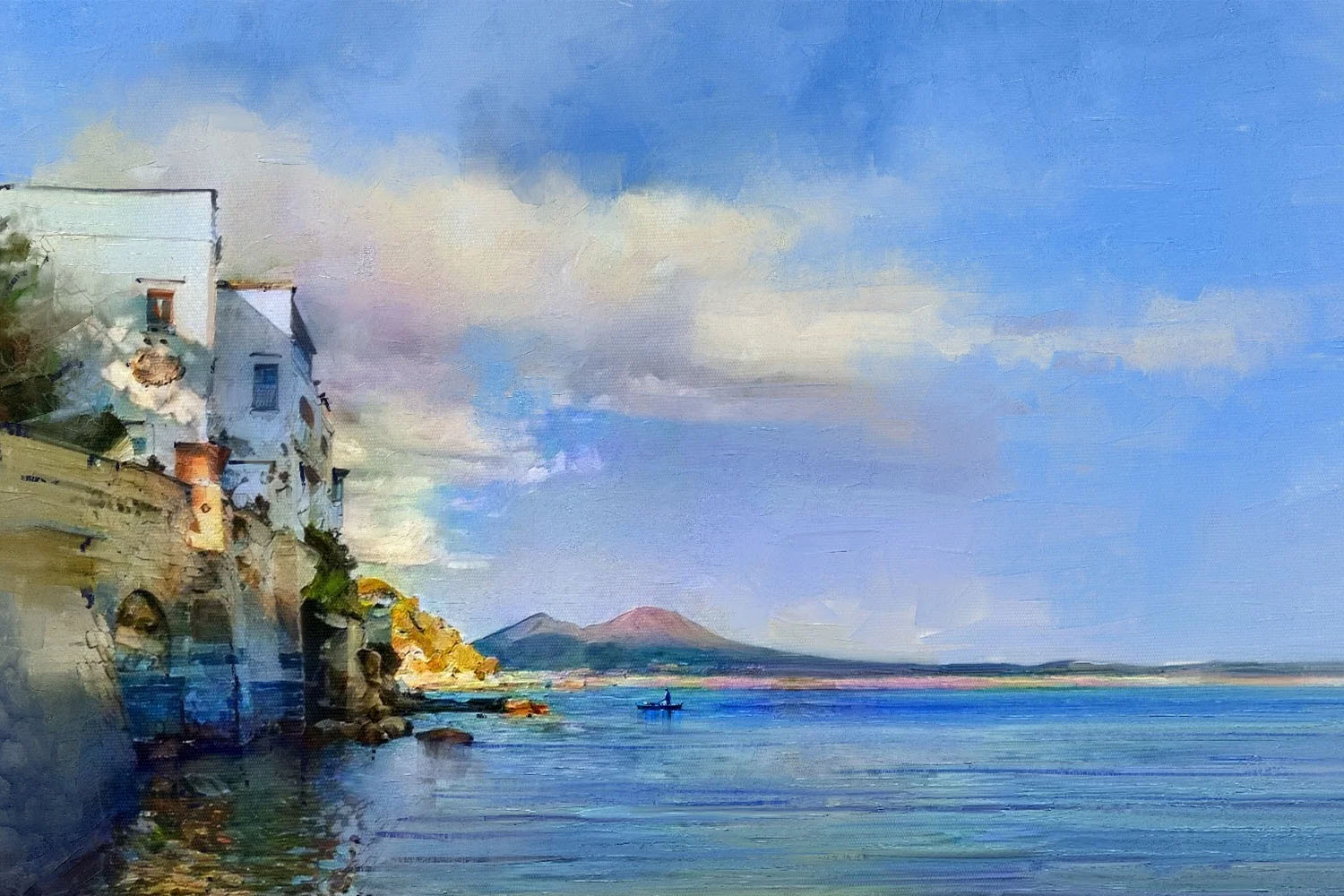We are delighted to interview a self-taught traditional and digital watercolorist whose landscape paintings of his hometown are breathtaking. Agostino De Marco talks about his passion for painting, the excitement about watercolors, and the projects he is currently working on using Rebelle.
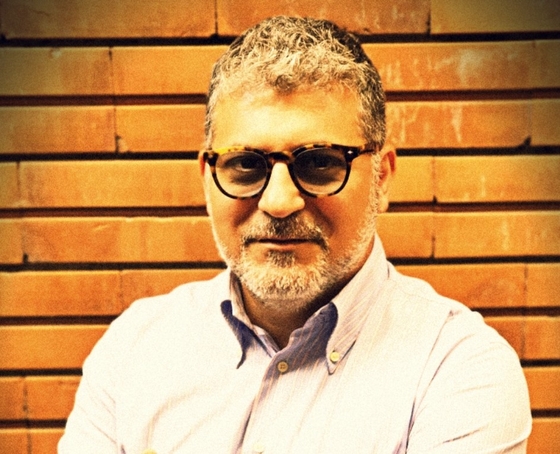
Hello Agostino, thank you for taking the time to answer our questions today. Some of our audience may have seen your wonderful paintings however, we would like to hear more about your story as an artist. Could you please briefly introduce yourself?
Hello there at Escape Motions and hi to everyone from around the world reading these lines!
I was born in 1969 and grew up in Bacoli, a coastal town in the middle of Phlegrean Fields, an area full of history, art and nature, not far from Naples, Italy. I graduated in aeronautical engineering at the University of Naples Federico II, where I currently work as a professor of flight mechanics. And yes, I am also an artist! A visual artist with a current focus on digital art.
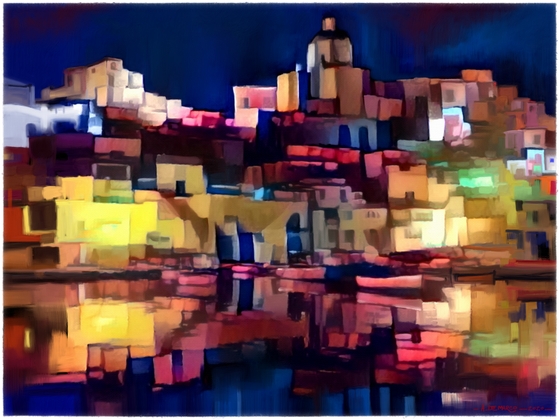
When did you discover your passion for painting? Who was supporting you the most to develop your artistic skills?
I began my journey in the world of visual arts as a teenager, in the early '80s, when I was introduced to watercolors and gouaches by my father, who was a self-taught painter and a great art connoisseur. In my personal growth as a traditional painter, I had the privilege to meet several talented professional artists, all living in my area, from whom I have received good guidance and inspiration. I consider myself very fortunate to live in this special spot of southern Italy, the Phlegrean Fields – which means “burning fields” due to the presence of many volcanoes. In this area, there has always been an incredible concentration of outstanding artists of all sorts. Among them, three painters have shaped my artistic vision as a young adult: Enrico Bonè, Ferdinando Ambrosino, and Guglielmo Longobardo.
With time, as an IT expert, I have transferred my pictorial skills and my personal attitude as a traditional painter to the world of digital arts. After two decades of experiments and research, today I feel I have gained quite a bit of experience to work proficiently with the various devices and tools available on the market. Finally, in the last few years, I have found my own dimension as a digital painter.
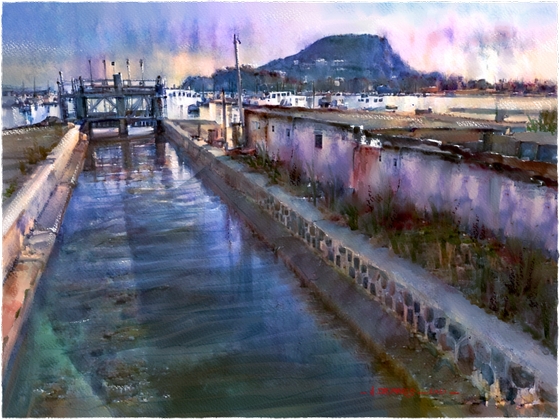
Most of your paintings are watercolors. Why did you choose to work primarily with this medium?
Watercolor is the first technique that I have learned, which brought me to discover so many paper types, paper treatments, all sorts of brushes and color brands. It is such a challenging and intriguing art that I consider the other techniques, including oil and acrylics, as entertainment between my previous watercolor artwork and the next. If I had to choose a characteristic that binds me to this medium, it is the dynamic attitude that watercolor requires: the flow of color mixed with water must be continuously anticipated, yet knowing that the best results are often achieved thanks to all the uncertainties you may find along the creation process. This kind of suspension is what fascinates me so much all the time.
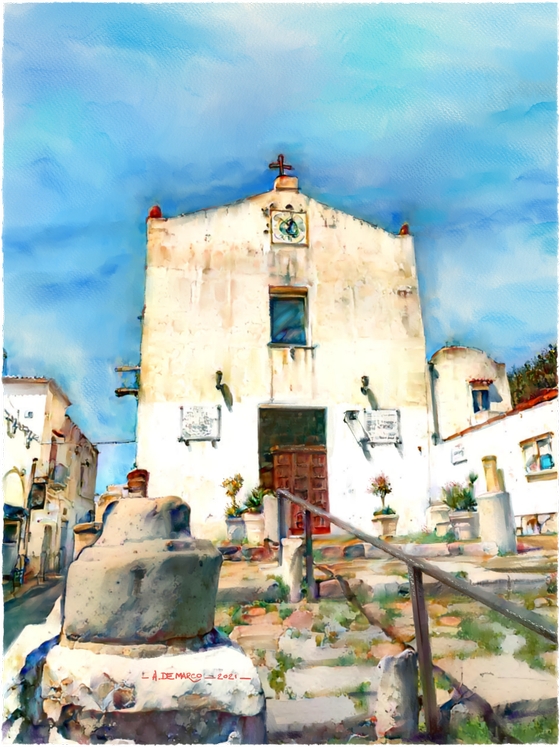
Is there a painter, past or present, that you look up to and get inspired from?
There are so many! Two watercolor painters from the past are very important to me: J.M.W. Turner and Winslow Homer.
In today’s scenario, there are a bunch of artists that I like and follow. Here are some outstanding names: Angelo Gorlini, Francisco Castro, Thomas W. Shaller, Pasqualino Fracasso, Amit Kapoor, Milind Mulick, Andrei Sharov, Pablo Rubén, and Charles Reid.
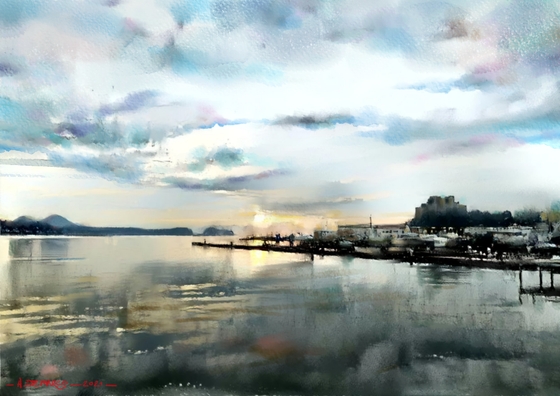
You paint traditionally and digitally as well. What do you see as advantages of each approach?
The experience of traditional painting is unique as well as indispensable, also for a digital artist. There is no doubt that the physical contact with materials and tools of ‘organic painting’ is a source of continuous inspiration.
But when it comes to digital painting, I have to admit I feel enthusiastic about the many possibilities offered by the available software tools coupled with state-of-the-art devices.
I experienced different options before choosing Rebelle as my preferred digital painting app. As a software developer and expert of fluid dynamics, what captured my attention the first time I saw a demo of Rebelle on YouTube was the physics-based wet media engine. It is so realistic that when I paint digitally, I do not need a dramatic mental switch from my long-trained attitude of a traditional watercolorist. Another feature that I like in Rebelle is the essential and intuitive user interface. A streamlined and handy set of tools backed by an advanced simulation engine. What a combination!
The landscape paintings of your hometown are fascinating. Do you find it quite easy to find inspiration with such a coastal view? Or do you wish to change scenery sometimes?
My creativity has always been stimulated by natural views. The process is rather simple to me: I just go jogging or for long walks in the surroundings of my house to find spectacular scenes; all I have to do is capture them with my smartphone, run back home and make a painting out of it. I like to paint marinas where there are all sorts of boats, whose shapes I find amazing to draw. Digital painting technology is essential in this process because I can see very quickly the final result of my inspiration. It often happens that I finish my artworks within two or three hours from my hikes. It is a great boost for productivity and a continuous chance to learn new techniques and tricks.
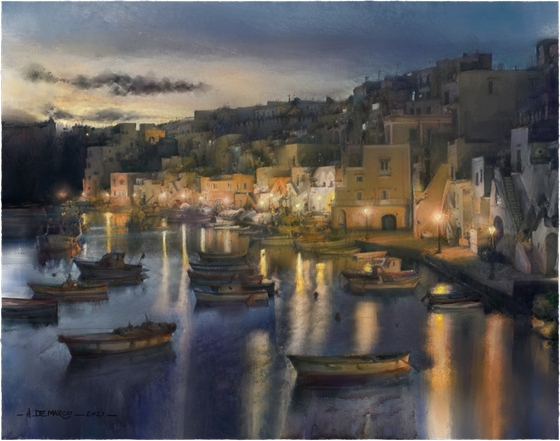
And yes, sometimes I try to make something different, and I go for a portrait, a figurative or an abstract composition. In this respect, the possibilities offered by Rebelle wet media simulation engine are very interesting.
Last year, you published a collection of watercolors. Can you tell us what inspired this project?
Yes, thank you for pointing out this book that I published at the time of the Covid-19 outbreak in Europe. This has to do with the high artistic productivity that I was mentioning earlier. By the end of 2019, I had collected a good number of landscape artworks covering many iconic places of my area. So, I decided to promote the beauties of the territory where I live with a series of books on Phlegrean Fields, starting with a volume on my hometown Bacoli, with texts both in English and Italian. I do have some experience with digital typography, so I could handle to design and produce the book myself, using the LaTeX typesetting system for the layout besides several companion graphics tools to process all the images. In March 2020, when my final PDF passed Amazon’s Kindle Desktop Publishing quality check, I felt so proud of what I accomplished in such a short time. The book “Phlegrean Fields in Watercolor - Bacoli” (ISBN: 979-8637280919), is available on Amazon.
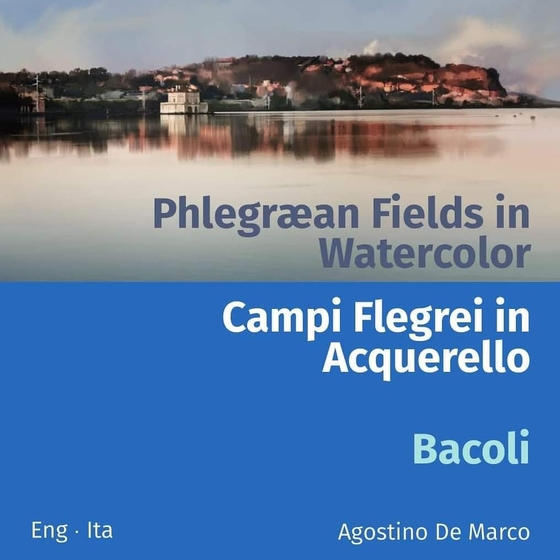
I am currently working on a new book of artistic images on Procida, an enchanting island in the Gulf of Naples which has been awarded as the Italian Capital of Culture 2022. All artworks in this volume, which will be released at the end of 2021, are made with Rebelle 4 using various techniques.
That is wonderful Agostino! We cannot wait to see the watercolors in the new publication. Thank you for taking the time to answer our questions. We wish you lots of moments of inspiration and many creative days!
-----
Visit Agostino’s portfolio on our website and make sure to follow his recent works on his Instagram and Facebook.

